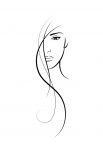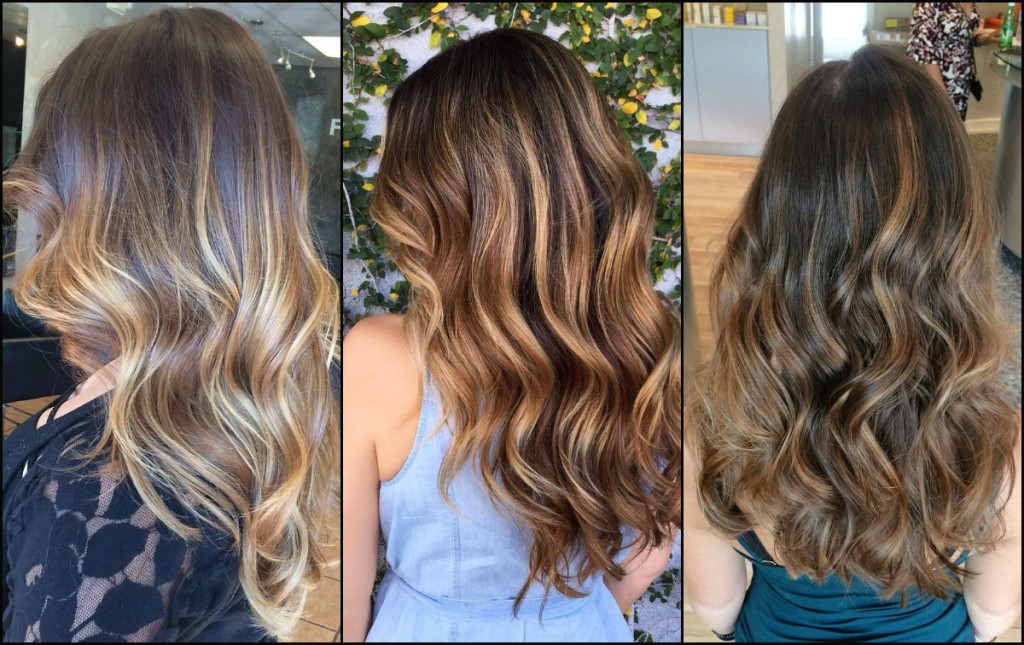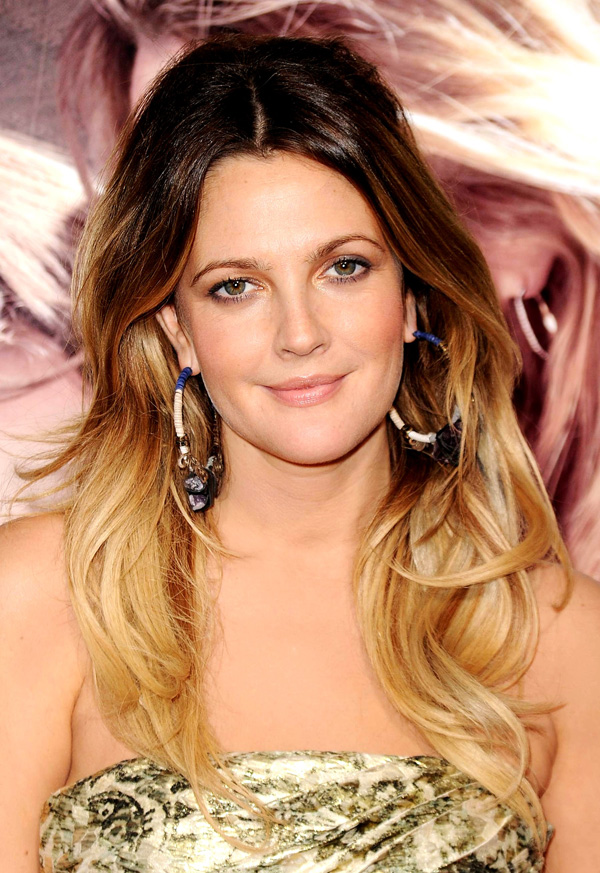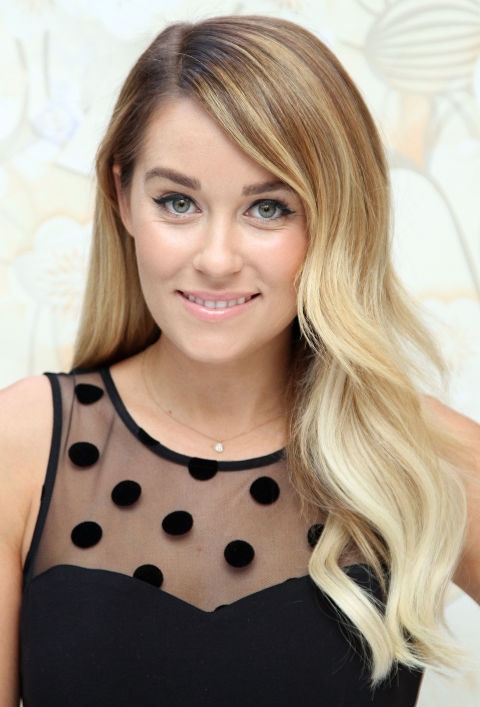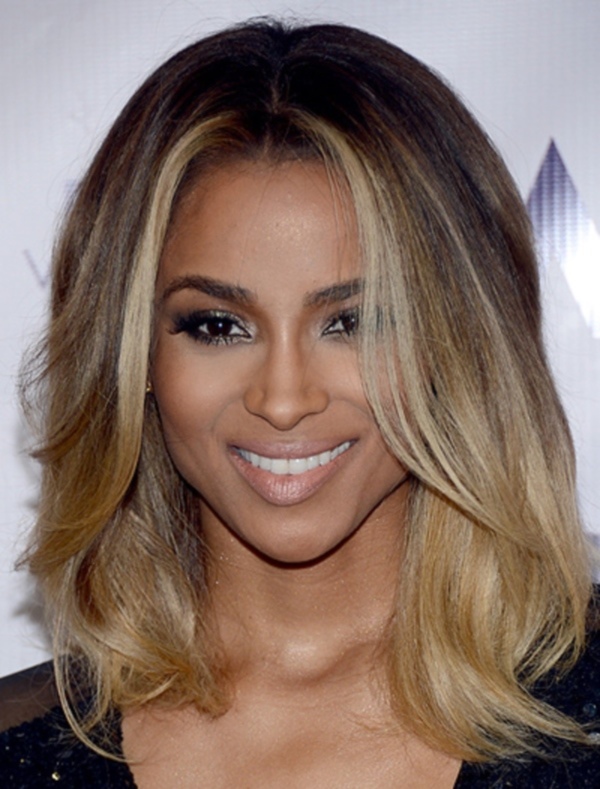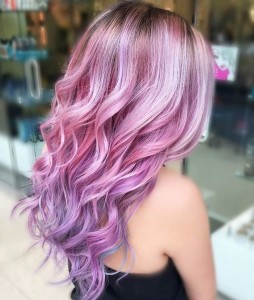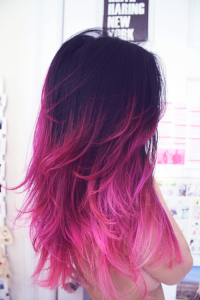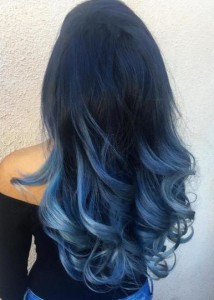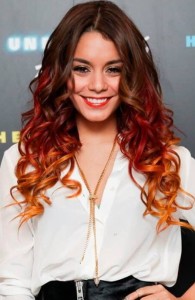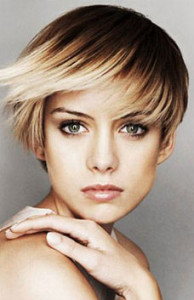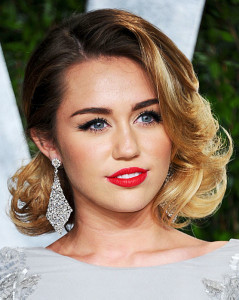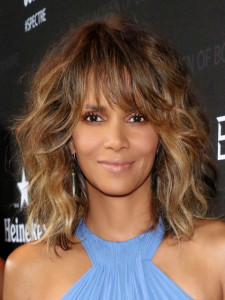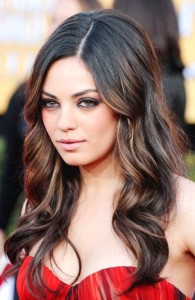Balayage! What is it?
Well for the last decade it has been the new buzz word in the hair industry. But many clients are not sure what it actually is or what to expect if you dare!
The effects can be subtle but striking and always beautiful (when done right*), the technique can provide weeks, sometimes months of maintenance free colour (with maybe just a root touch up now and then) but the effects are stunning and economically alluring in the long term.
So what exactly do you get and what do you ask your stylist for? The term Balayage is primarily the technique but the styles can vary greatly – each with their own technique and name, just to add to your already overwhelming confusion.
This style of colouring may seem new, but in actual fact it has been around for a very long time. Each time with a new name and new method of application. It was once recognised as the ‘Sun kissed’ or ‘Pintura’ colouring style and in some cases (depending on where you live) it was also called ‘Mesh’.
It’s like everything in life, if you stick around long enough you’ll find that everything does a complete circle and come back into trend (usually with a new look and a new name).
So let me give you a hand to decipher the code and take a look at balayage and what to expect.
Balayage
The word Balayage is French meaning ‘sweep’ which is in reference to the technique of softly painting the colour on the hair by hand, to achieve a natural sun kissed finish. Think back to your youth and remember how your hair looked after spending time in the sun, the results end up looking like you have the same natural highlights softly flowing through your hair, giving it dimension and style.
Because the the colour is subtle and natural looking, maintenance on the upkeep is minimal. Colour refreshment may vary but in the end your need for touch ups are minimal, that is unless … you need to maintain the illusion and hide any greys.
Balayage is more commonly referred to as the technique rather than the style. It does however have a very recognisable look, but there are so many versions out there, one to suit every individual.
Depending on the colour used, heavy handedness of the application or existing hair colour, the results can vary, but the classic balayage style is still recognisably the same.
Ombre
Ombre is one of the many balayage styles; the word ombre is French for ‘shadow’ which mainly refers to the way the style would look like if it had a shadow over the hair, this is created by the effective use of dark to light transitioning.
The method to which the ombre is used, results in the visible contrast between the root and the ends, the bottom half ends up finishing with a solid colour with no dark pieces mixed in it that would normally create dimension.
Just like the balayage, the colour is painted onto the hair freely while intensifying the ends by covering it entirely, creating a graduated natural-looking effect with some contrast in the hair. And just like the balayage the results vary depending on preferences and the base of the hair.
Sombre
Sombre is the subtle version of the same style which is used to create a more softer subtle change, usually done on medium to blond hair bases that want a lift but without the streak.
Both the ombre and the sombre need to be done right or the look can go very wrong, often resembling a dip dye job rather than a subtle natural looking finish.
Reverse Ombre
The reverse ombre is basically the opposite of the original ombre, where instead of a graduated transition of dark to light, you go from light to dark.
This look can be very effective with the right colours, and often are a perfect alternatives to someone with light or grey hair who wants to try something different without being too daring.
This style is low maintenance for the right client but high maintenance if you are naturally dark to start with.
Babylights with ombre
Babylights unlike the balayage technique is applied by placing small amounts of hair in foil, to give subtle highlights from roots to ends.
When mixed with a balayage or ombre technique the look can be absolutely stunning. The babylights be used to frame the face by adding a subtle but contrasting finish to the style.
If done correctly you shouldn’t have the need for frequent touch ups like traditional foils, but will need a little more up keep then the ombre or balayage style.
Colours
Any of the balayage styles are not limited to just light or dark natural colours, experimenting with bold, vibrant hues can give you an interesting and daring look.
Most of these colours do well when it comes to maintenance, but still require a more frequent up keep then a natural balayage or ombre. Be careful with some colour styles as they may require pre-lightening of the hair before adding the colour of your choice, resulting in fade-age and regrowth. So make sure you are aware of what you are getting and what to expect.
Lengths
You don’t need to have super long hair to achieve a balayage or ombre look, the style is very versatile and works well on all lengths from short to long.
Your imagination is your only limit when it comes to selecting a balayage style for you, so don’t be afraid to experiment and see what it can do for you.
